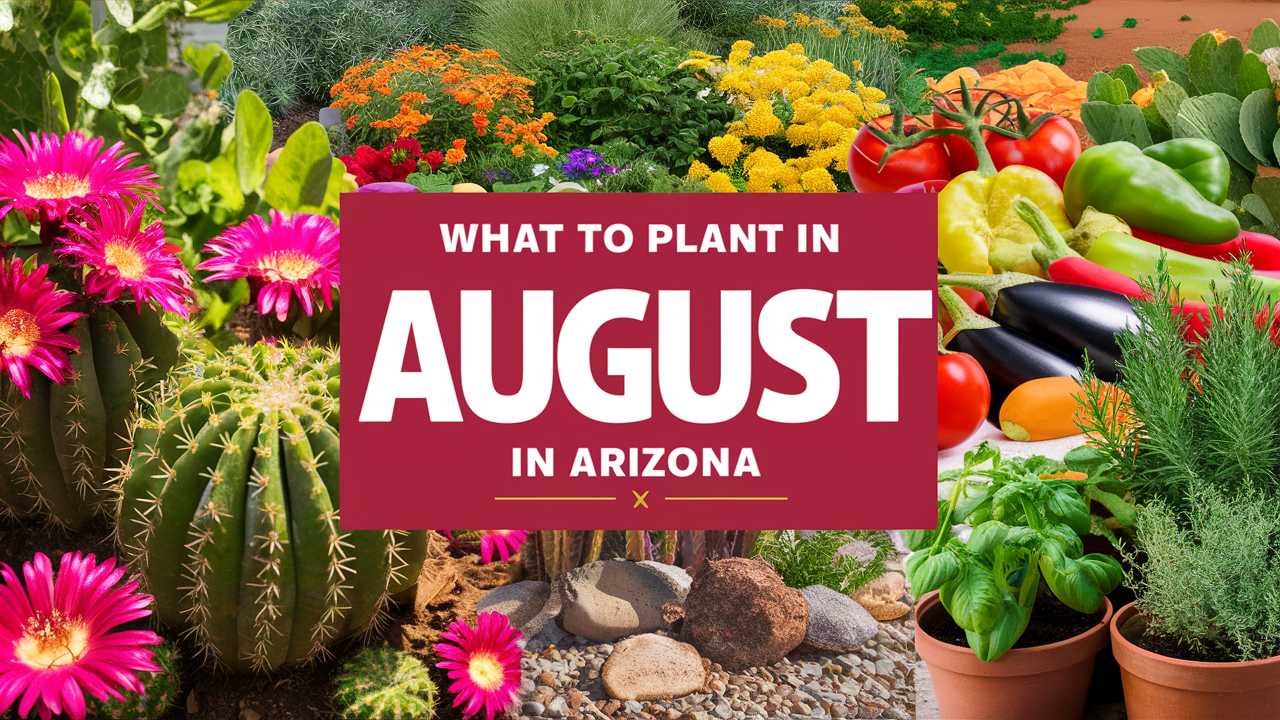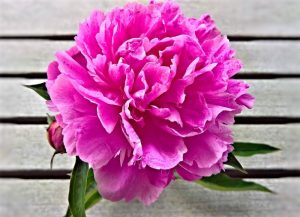As the heart of summer begins to fade in August, gardeners throughout Arizona find themselves in a unique position. This month offers a second opportunity to cultivate a bountiful garden, with plenty of vegetables, flowers, herbs, and landscape plants suitable for this time of year.
Given Arizona’s varied climate, it’s crucial to consider the different growing zones when planning your August garden. Whether you’re in the low desert or higher elevation areas, this guide will help you select the best plants to thrive in Arizona’s hot climate.
Vegetables To Plant
Growing vegetables in the Arizona heat can be a challenge, but August offers the perfect window to plant varieties that flourish as the temperatures begin to cool. Here are ten vegetables that you should consider planting:
Tomatoes
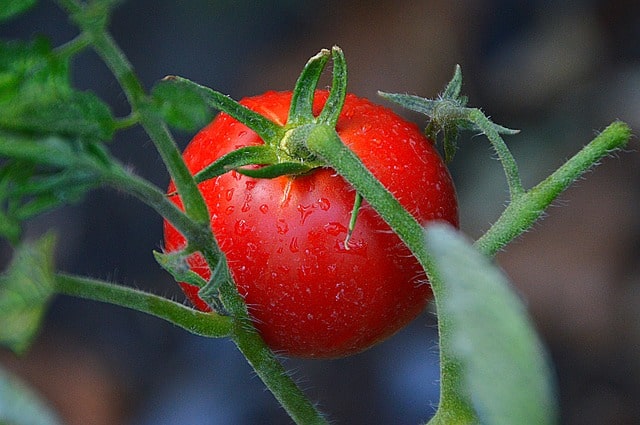
Tomatoes are a favorite among Arizona gardeners, and luckily, August is an excellent time to plant fall varieties. Choose heat-tolerant options like ‘Heatmaster’ or ‘Solar Fire,’ which can withstand high temperatures while producing juicy, delicious fruits. Plant seeds or seedlings in well-draining soil with plenty of sunlight. The ideal temperature for germination is around 70°F to 85°F. Be vigilant against pests and diseases, particularly during the high heat, ensuring they are watered deeply but infrequently.
Peppers
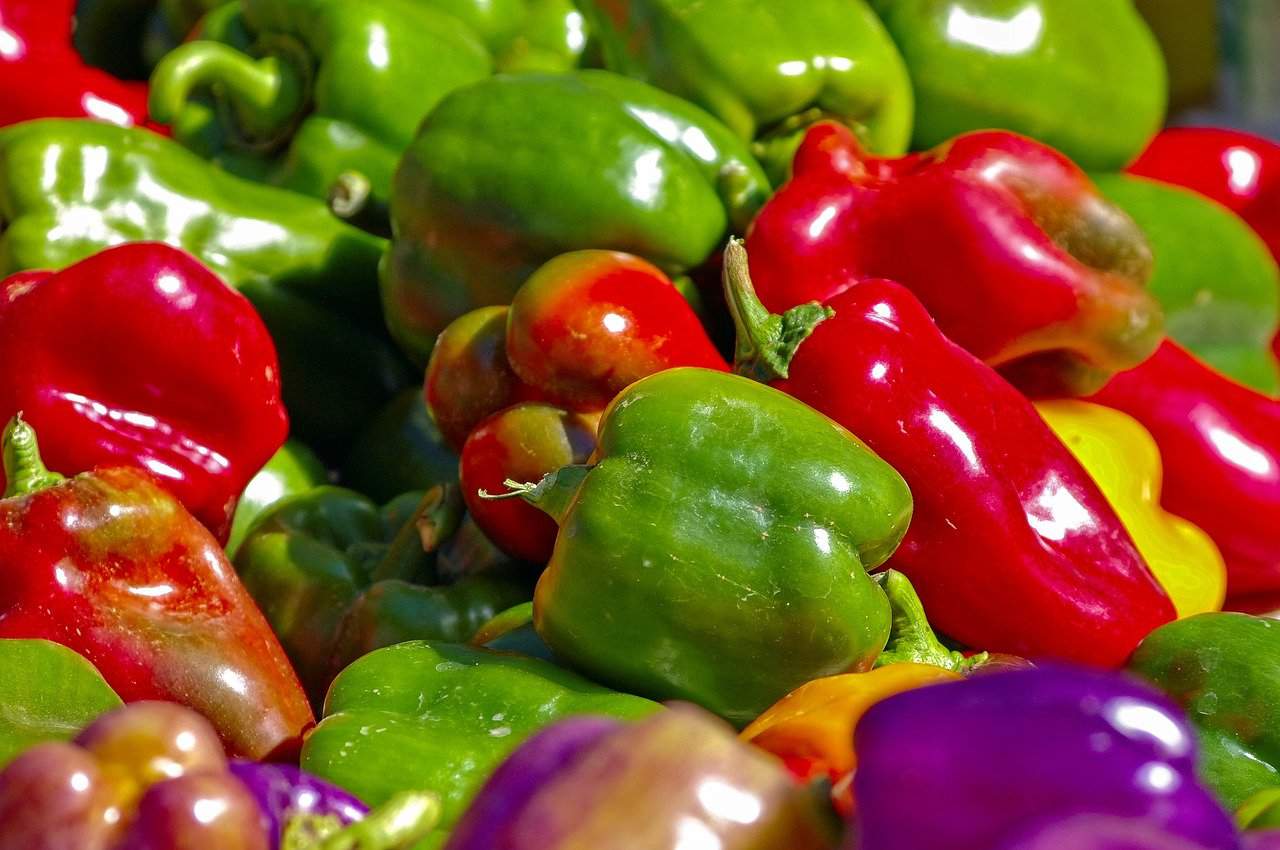
Similar to tomatoes, peppers enjoy the hot sun, making August a prime time for varieties such as jalapeños, serranos, and even sweet bell peppers. They thrive in temperatures between 70°F and 90°F, so be sure to provide adequate water as they establish roots. Planting transplants rather than seeds can give you a head start on the growing season. Mulching around plants helps retain moisture and regulate soil temperature.
Corn
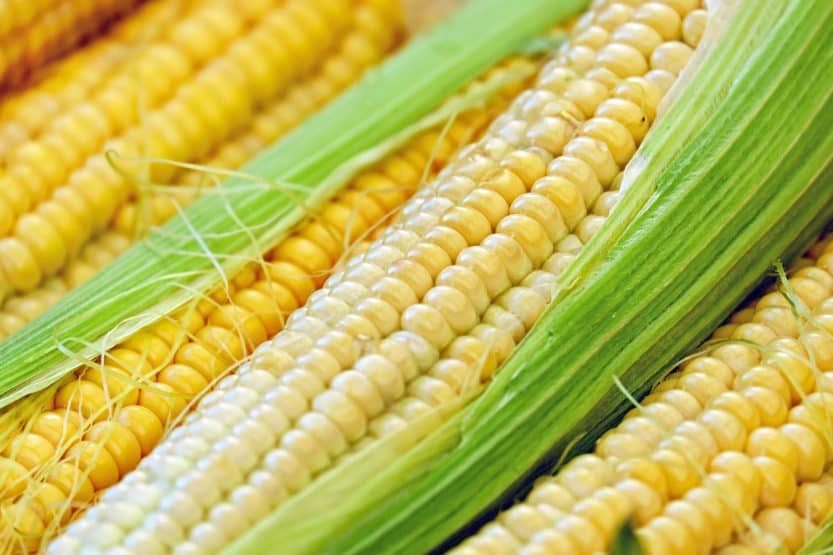
Corn can be planted in early August for a fall harvest. It prefers full sun and can handle the heat well, especially varieties like ‘Silver Queen’ or ‘Kandy Korn’ that produce sweet ears. For best results, sow seeds in well-amended soil with good drainage. A temperature range of 60°F-95°F is ideal for corn to germinate, and be sure to water regularly to keep the soil moist, especially during the early growth stages.
Beans
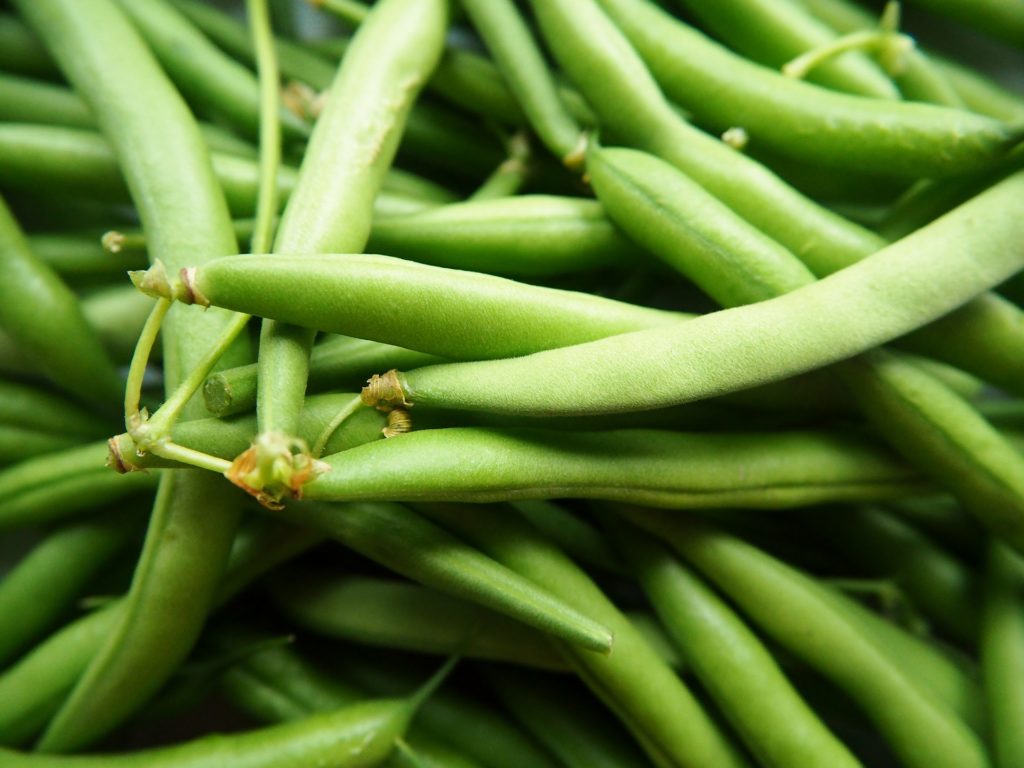
Beans, particularly bush beans, are quick growers and thrive in the hot Arizona climate. Plant varieties like ‘Blue Lake’ or ‘Kentucky Wonder’ in August for a late harvest. These plants do well in soil temperatures between 70°F and 90°F. Ensure they are provided with adequate water, especially during flowering and pod development, to yield a plentiful crop. Beans are also nitrogen fixers, which can benefit your garden soil.
Carrots
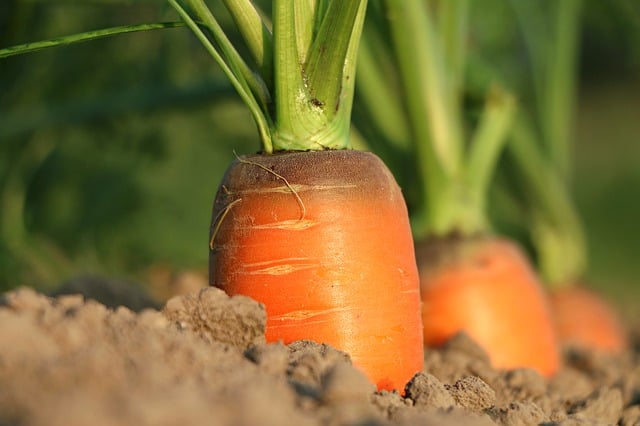
Carrots can be directly sown in August for fall harvesting. Varieties like ‘Danvers’ or ‘Nantes’ have the best success in Arizona’s climate. Carrots prefer temperatures between 60°F to 75°F for optimal growth. Choose a sandy loam soil that drains well, and plant seeds about ¼ inch deep. Regular watering is essential to keep the soil moist, as this will promote better germination and prevent the roots from becoming woody.
Radishes
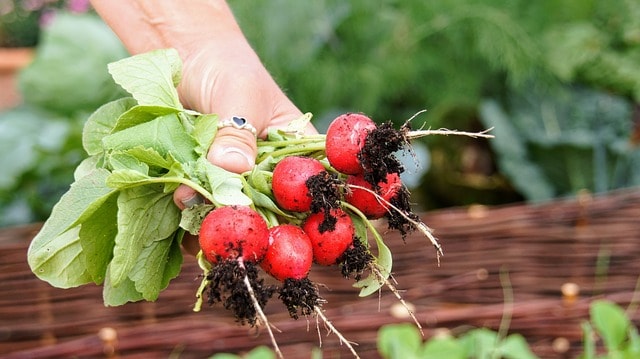
Radishes are quick-growing and perfect for late summer planting. With a rapid turnaround from seed to harvest, varieties like ‘Cherry Belle’ or ‘French Breakfast’ can be sown in August. They thrive in temperatures of about 50°F to 75°F, making the tail end of summer an ideal time to plant. Consider sowing seeds every couple of weeks for a continuous harvest of fresh, crisp radishes.
Lettuce
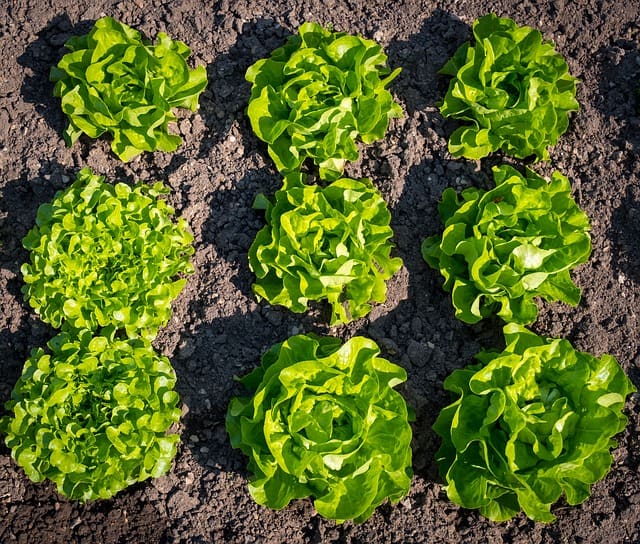
Growing lettuce in the cooler end of August is ideal, as the temperatures begin to drop. Varieties such as ‘Butterhead’ or ‘Romaine’ do particularly well. Lettuce prefers cooler weather, about 50°F to 70°F, so planting toward the end of the month can ensure that they mature before the temperature drops too much. Water regularly to keep the soil evenly moist and prevent bitterness in the leaves.
Beets
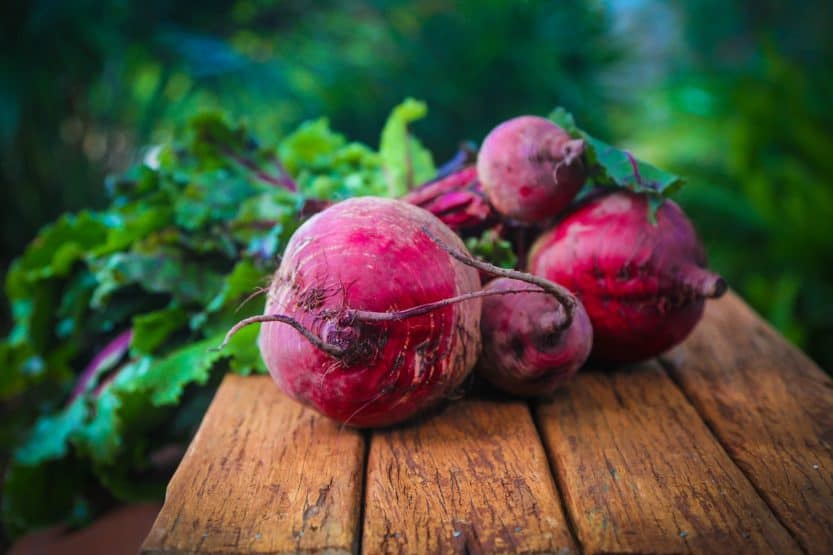
Beets can thrive in Arizona’s climate when planted in August, as they prefer cooler temperatures for optimal growth. Varieties like ‘Chioggia’ or ‘Detroit Dark Red’ can be planted directly into the soil. They require soil temps between 50°F and 85°F, making August an excellent time for planting. Beets can be harvested as early as 50 days after planting, providing a quick turnaround. Ensure that soil is rich in organic matter to promote growth and a healthy root structure.
Cucumbers
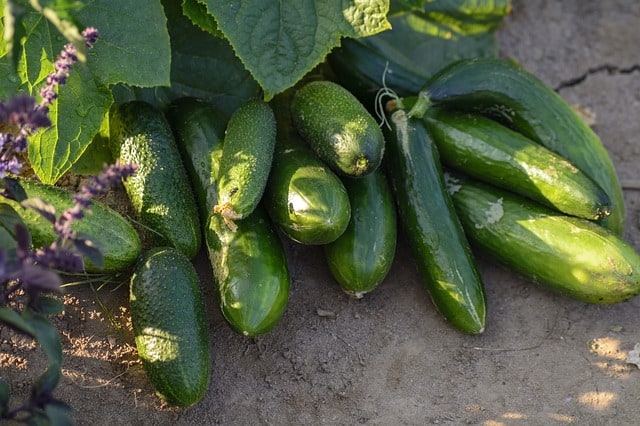
Cucumbers can be grown in Arizona by planting them in August, particularly varieties like ‘Marketmore’ or ‘English’. These plants enjoy heat and require temperatures ranging from 70°F to 95°F for optimal growth. Plant them in a spot with full sun and ensure you provide a trellis for climbing varieties. As cucumbers are sensitive to heat, keep the soil consistently moist to help prevent bitterness.
Summer Squash
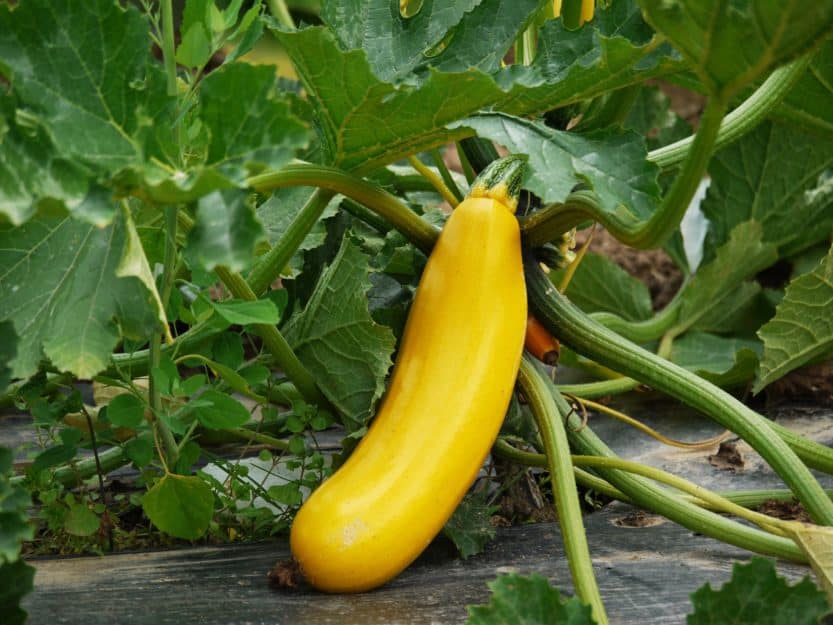
August is a suitable month to plant summer squash, which can produce abundant yields. Varieties like ‘Zucchini’ and ‘Pattypan’ are excellent choices, thriving in the hotter temperatures of Arizona. Plant directly in well-drained soil with plenty of sunlight. Summer squash prefers temperatures from 60°F to 90°F. Regular watering is key, particularly during flowering.
Flowers To Plant
Planting flowers in August can add a burst of color to your garden and provide essential nectar for pollinators. Here’s a list of ten flowers that thrive during this time in Arizona:
Marigolds
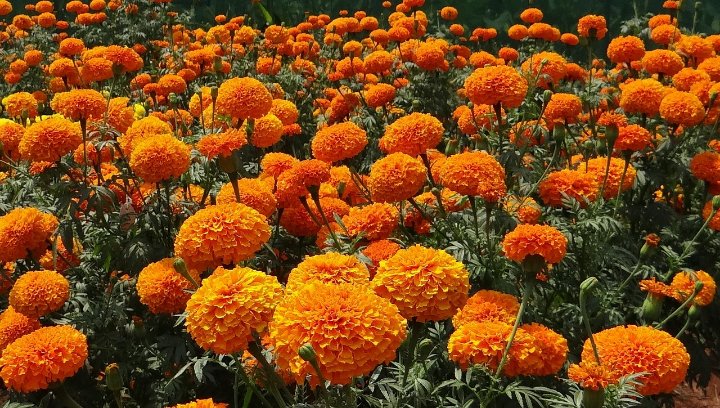
Marigolds are resilient plants that can be planted in August. These annuals thrive in sunlight and well-drained soil. They prefer temperatures from 70°F to 90°F, making them ideal for late summer planting. Marigolds are also beneficial for pest control, as they deter nematodes and other garden pests, making them excellent companions in your vegetable garden.
Zinnias
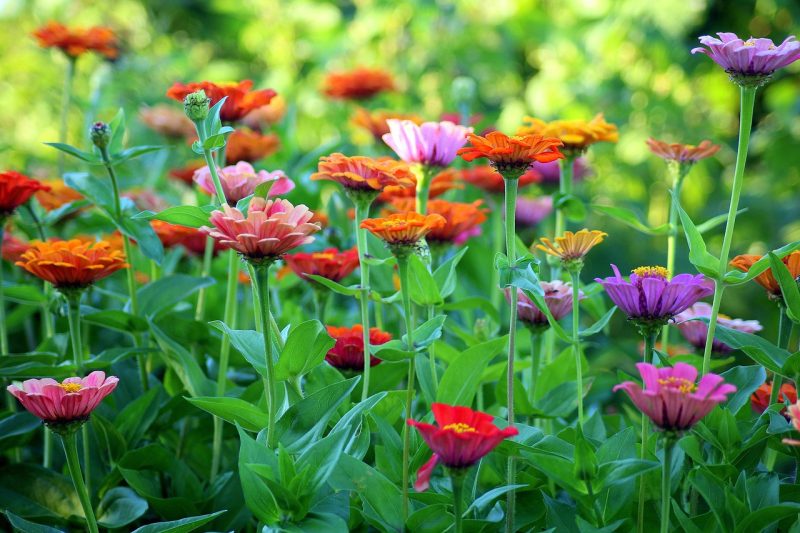
Zinnias are vibrant and easy-to-grow flowers that love the heat. August is a perfect time to sow seeds for varieties such as ‘Zinnia elegans’ and ‘State Fair.’ They flourish in sunny spots with little fuss, preferring temperatures around 70°F-90°F. Regular deadheading will encourage more blooms throughout the season.
Sunflowers
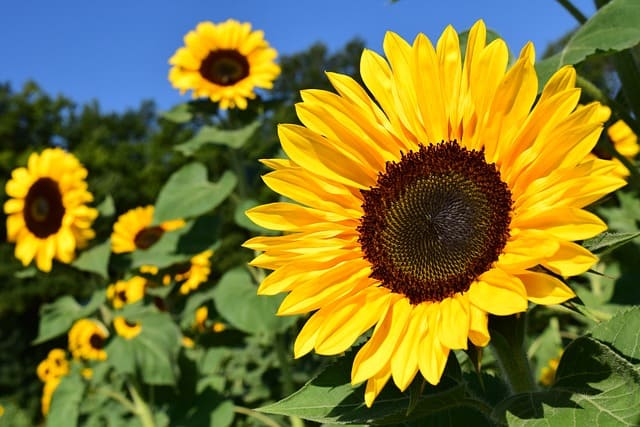
Sunflowers can be planted in August for a late bloom. Varieties like ‘Mammoth’ or ‘Teddy Bear’ are suitable choices. They thrive in hot, sunny spots and prefer well-drained soil. Sunflowers enjoy temperatures of 70°F to 85°F, and their tall stalks will provide not only beauty but also seeds that attract birds.
Cosmos
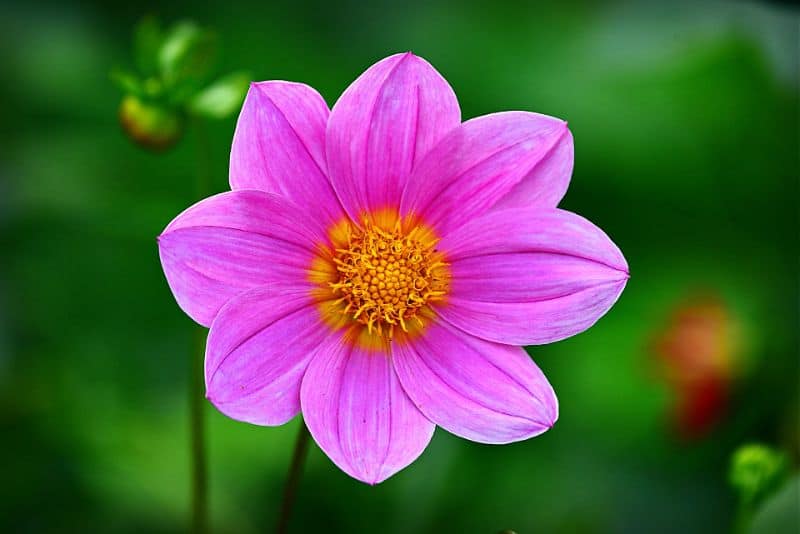
Cosmos are hardy annual flowers that thrive in hot climates. Plant them in August to enjoy their dancing petals throughout the fall. Varieties like ‘Sensation Mix’ or ‘Cosmos bipinnatus’ grow well in warmer temperatures, requiring plenty of sunlight. Regular deadheading encourages ongoing flowering and adds a whimsical touch to any garden.
Pansies
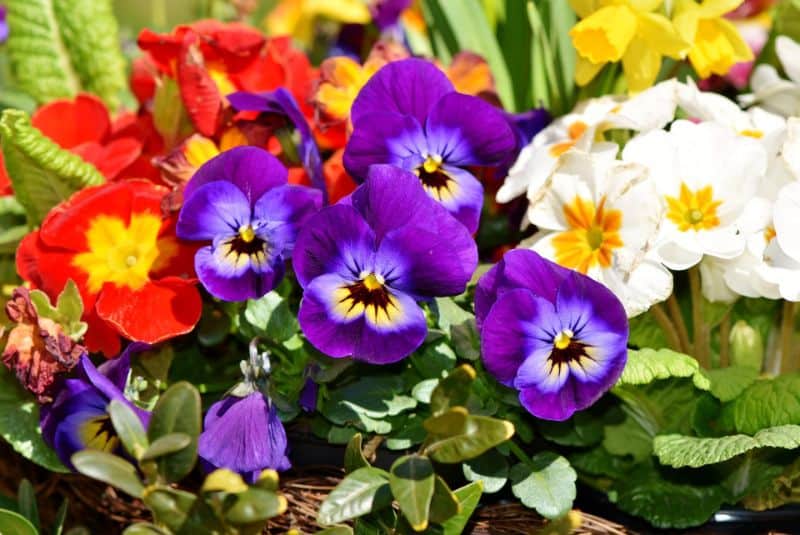
If you’re looking to plant flowers for the cooler months, start pansies in August. They tolerate cooler temperatures and can flourish with daytime temps between 60°F to 75°F. They prefer well-draining soil and require consistent watering. Pansies will produce cheerful blooms in a variety of colors, adding a lively touch to your garden.
Aster
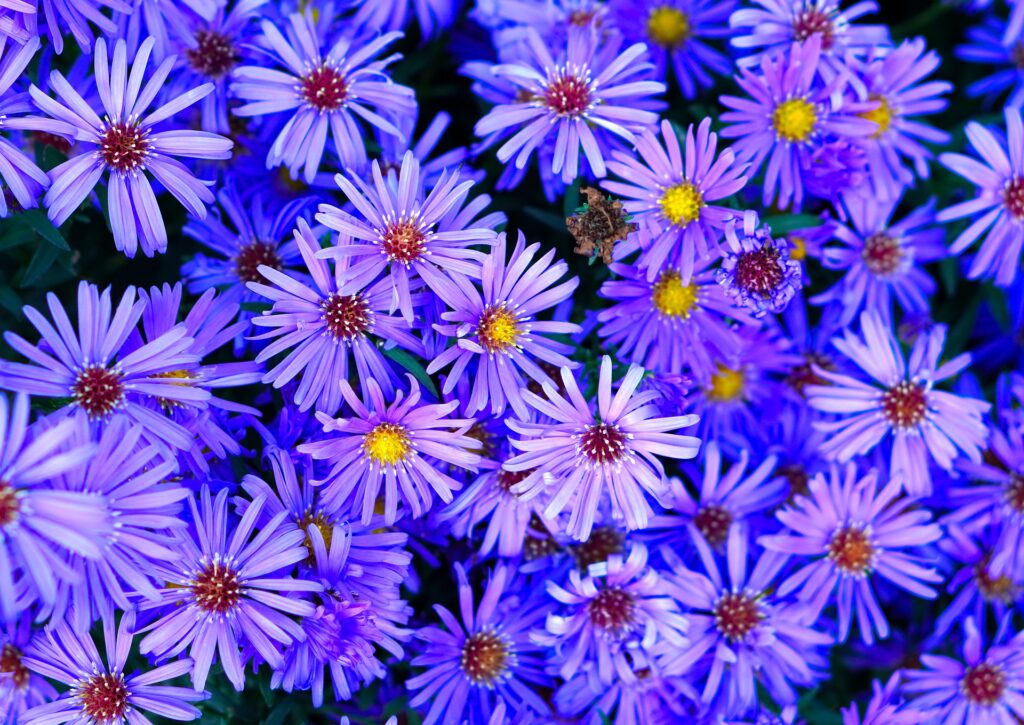
Asters can be planted in late August to provide fall color. Varieties like ‘New England Aster’ thrive in temperatures around 70°F to 80°F. These perennials require full sunlight and well-drained soil. They can attract butterflies and provide a beautiful display as they bloom from late summer into early fall.
Calendula
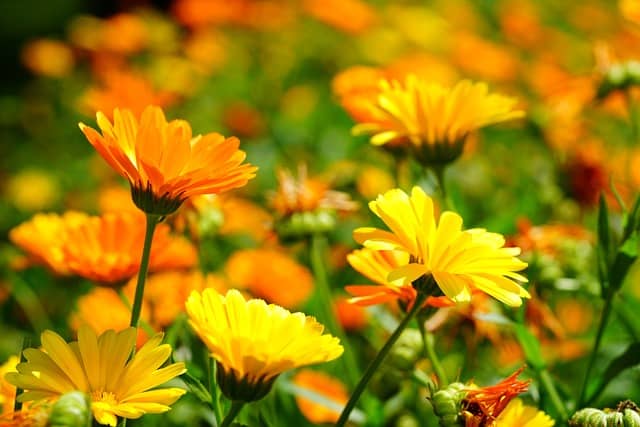
Calendulas are quick-growing annuals that can be sown in August. They prefer full sun and can tolerate light frost, making them ideal for the transition between summer and fall in Arizona. With a range of colors, these flowers will germinate in soil temperatures of 50°F to 85°F, bringing cheerful blooms just as your summer plants start to fade.
Larkspur
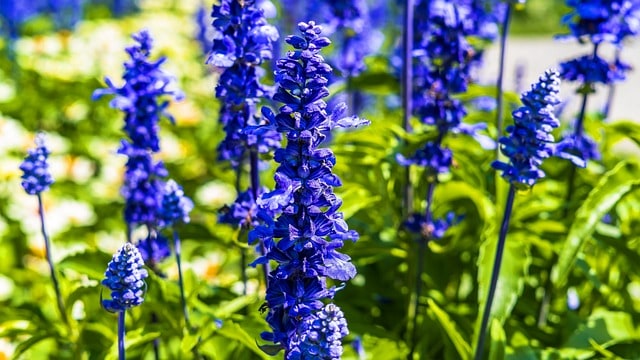
For a stunning vertical element in your garden, consider larkspur. Plant them in late August for blooms that will grace your garden in the spring. They thrive in cooler soil temperatures, around 50°F to 70°F, and prefer full sun. Larkspur can be a bit temperamental, but the reward is a striking display of color in varying heights.
Snapdragon
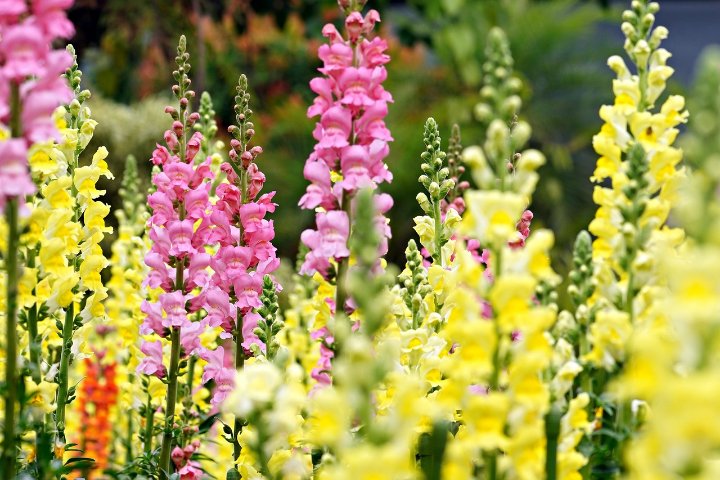
Snapdragons are another flower option that can be planted in August for a colorful late fall. They prefer cooler temperatures and will flourish once the heat of the summer begins to subside. Varieties like ‘Rocket’ or ‘Madame Butterfly’ grow well in well-drained soil with full sun and produce beautiful spikes of flowers that are attractive to pollinators.
Ornamental Grasses
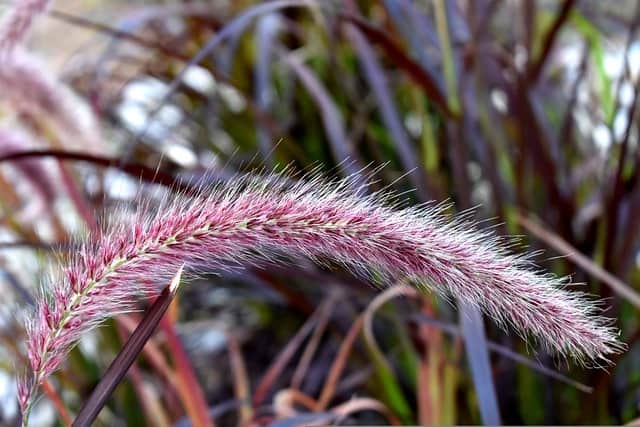
Consider adding ornamental grasses to your garden this month. Varieties like ‘Mexican Feather Grass’ or ‘Fountain Grass’ thrive in the heat and will provide texture and movement to your landscape. These grasses are hardy and can handle full sun and dry conditions, making them perfect for Arizona’s climate. They create a stunning backdrop or focal point in any garden.
Herbs To Plant
Herbs are an essential addition to any garden, providing not only flavor for your culinary adventures but also gathering beneficial insects. Here are ten herbs that can be successfully planted in August:
Basil
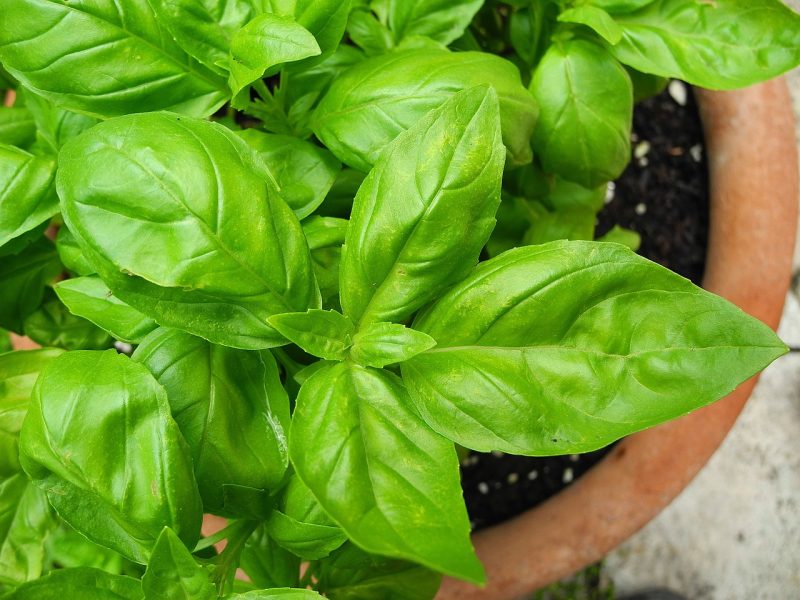
Basil thrives in warm conditions and can be planted in August to ensure a fall harvest. Varieties such as ‘Sweet Basil’ or ‘Genovese’ prefer temperatures between 70°F to 90°F. This herb loves full sun and well-drained soil. Regular harvesting will promote a bushy appearance and deter flowering, which can affect flavor.
Cilantro
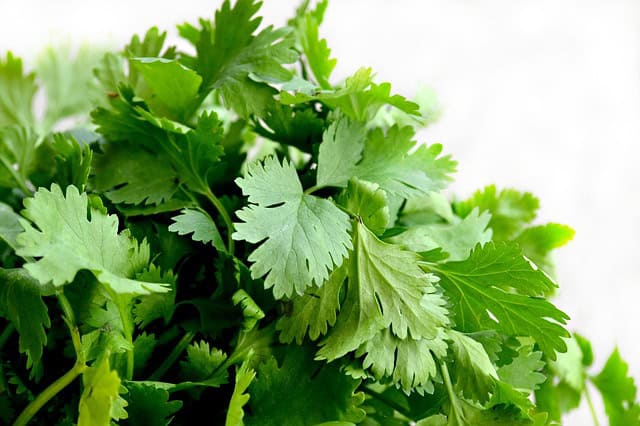
Cilantro is an ideal herb for planting in August in Arizona. It prefers cooler weather for growth, making the late summer an excellent time to sow seeds. Growing best in temperatures around 60°F-75°F, cilantro matures quickly, allowing for harvest within weeks. This herb is perfect for adding fresh flavor to your dishes.
Oregano
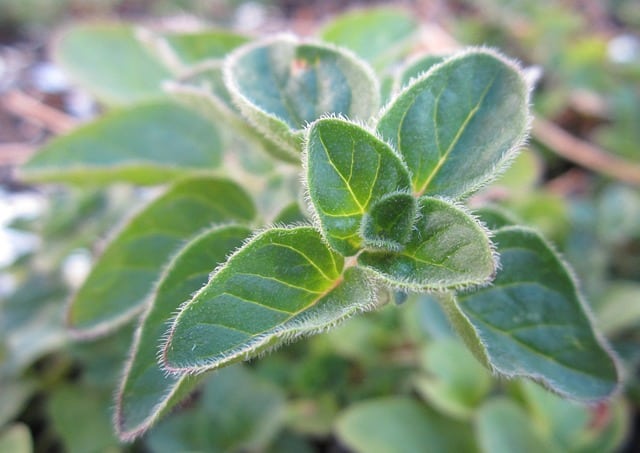
Oregano is a robust herb that can be planted in August, growing well in full sun and hot temperatures. It thrives in dry, poor soil and can withstand temperatures of 70°F up to 100°F. Harvesting oregano regularly will encourage denser growth and ensure you have a steady supply for your kitchen.
Chives
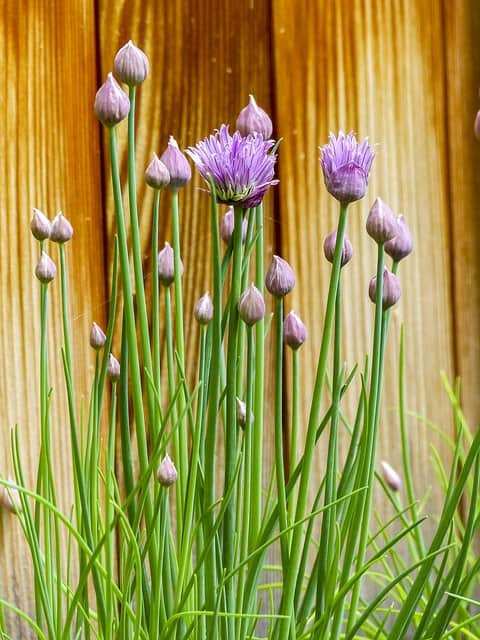
Chives can be planted in August, as they are cold-tolerant and can handle a range of temperatures, though they thrive best in 60°F-75°F. This perennial herb requires partial to full sun and well-drained soil. Harvest the leaves regularly to promote growth and enjoy the mild onion flavor in various dishes.
Thyme
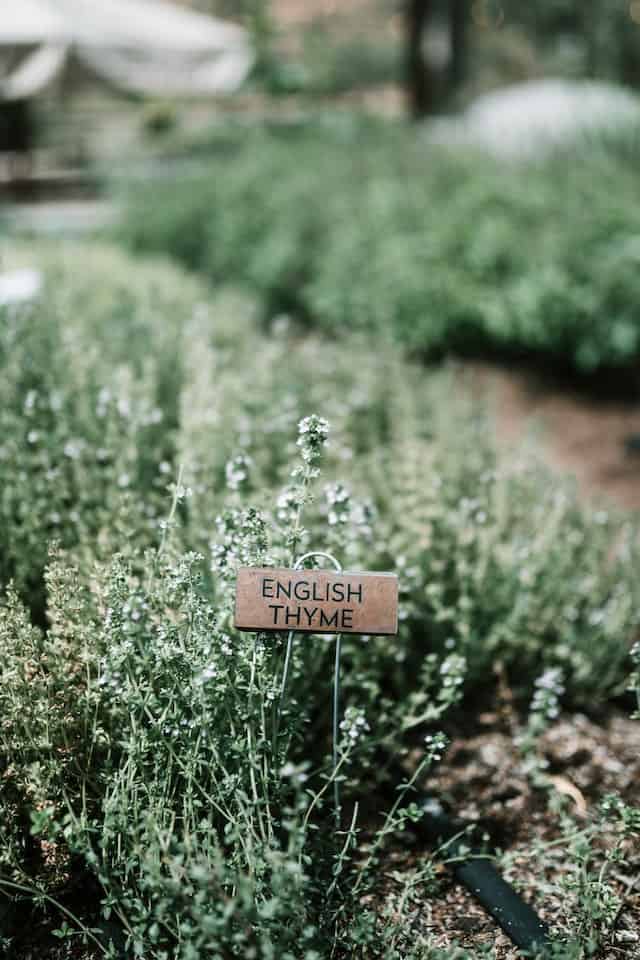
Thyme is a resilient herb that can thrive in poorer soils, making it perfect for Arizona’s conditions. Plant in August for fresh leaves in the fall, as thyme prefers temperatures between 60°F to 80°F. It loves full sun and requires minimal watering once established, which makes it an excellent choice for low-maintenance gardens.
Dill
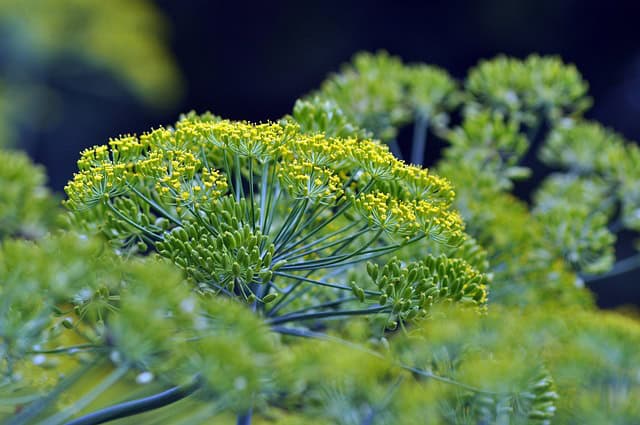
Dill can be sown in late August, as it prefers cooler weather. This herb performs well in temperatures from 60°F to 75°F and loves full sun. Dill matures quickly, making it a great choice for adding to your culinary dishes and attracting beneficial insects to your garden.
Rosemary
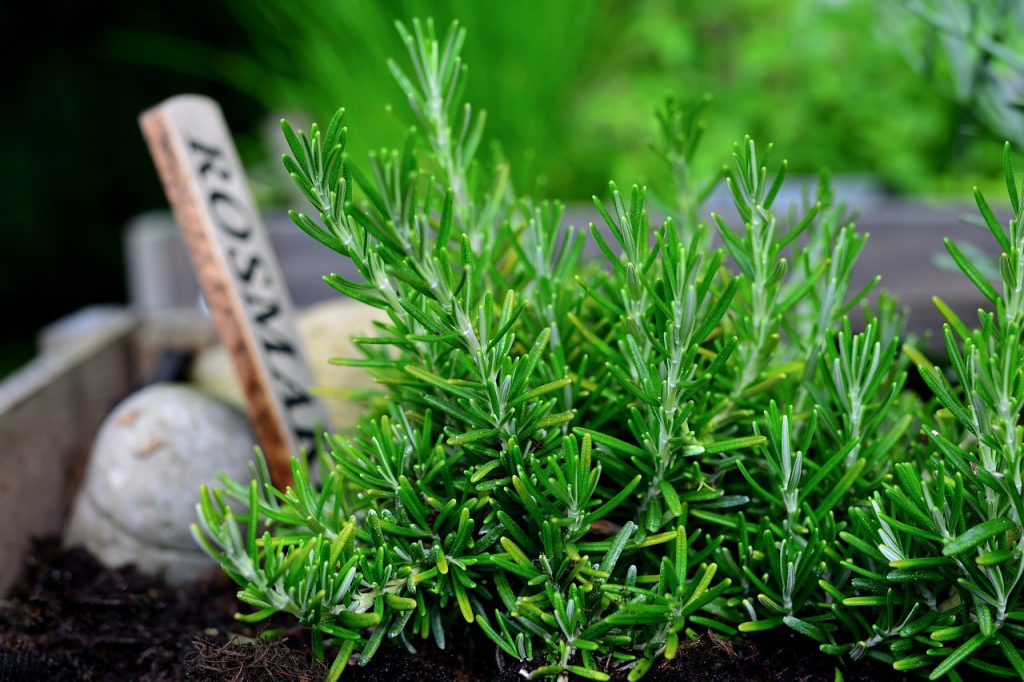
Rosemary is a popular herb that can be planted in August. This perennial loves full sun and well-drained soil, and it can thrive in the heat, withstanding temperatures from 70°F to 90°F. It’s drought tolerant, making it perfect for the dry Arizona climate. Regular pruning encourages bushier growth and provides fresh herbs for your kitchen.
Parsley
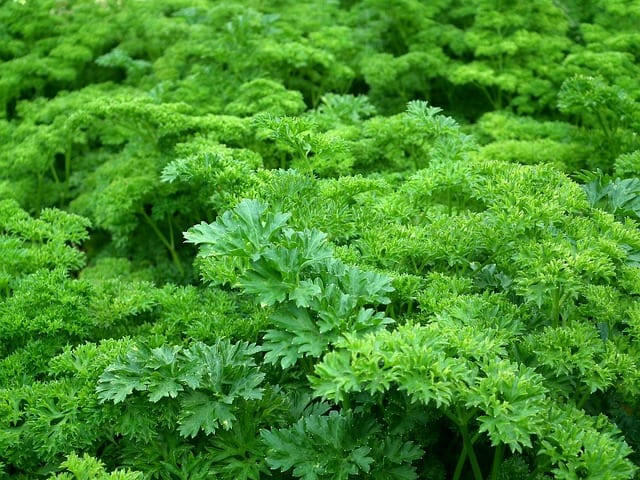
Plant parsley in August for a late fall harvest. It prefers cooler temperatures, ideally between 50°F to 70°F, and can thrive in full sun or partial shade. Regular watering is key in establishing its growth, and basil is a great companion plant for parsley, enhancing the flavor of both.
Mint
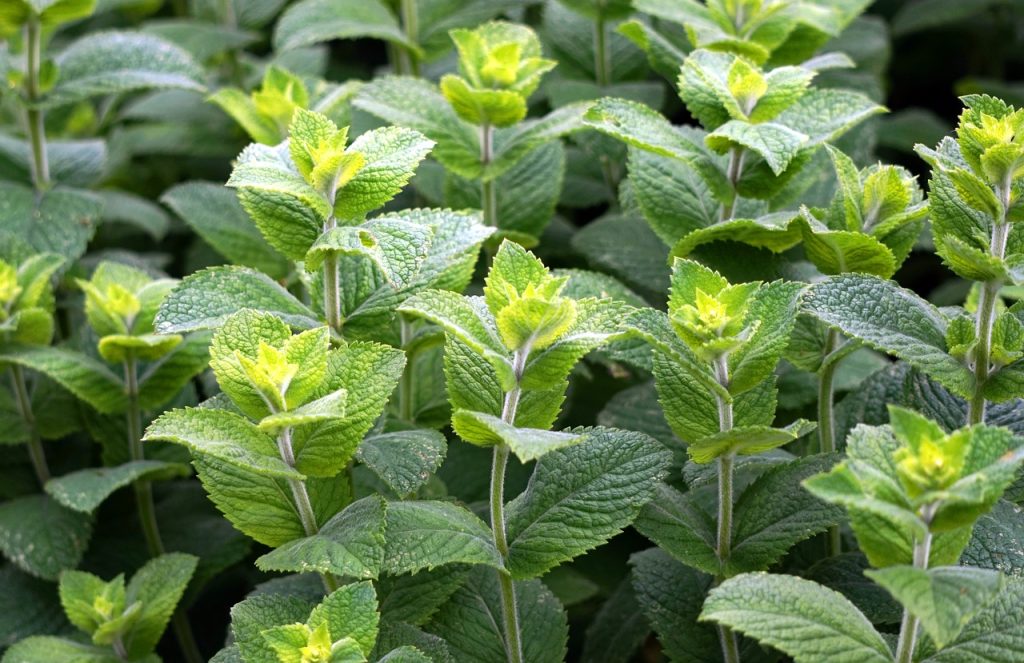
Mint can be easily grown in August, although it’s essential to plant it in a contained area, as it can spread aggressively. This aromatic herb prefers both sunny and shaded spots and can thrive in temperatures from 60°F to 80°F. It’s perfect for adding flavor to dishes and beverages, as well as attracting beneficial insects.
Sage
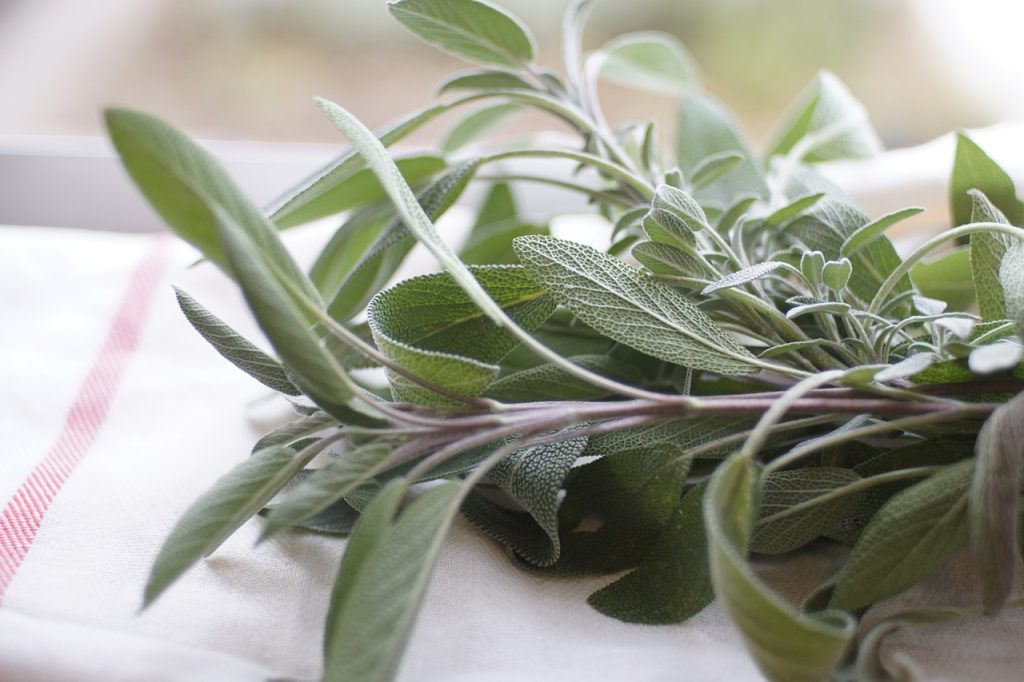
Sage is a drought-tolerant herb that can be planted in August. It thrives in hot, sunny conditions and prefers well-drained soil. This herb does best in temperatures ranging from 70°F to 90°F. Regular pruning promotes a fuller appearance and provides leaves for culinary uses.
Landscape Plants To Plant
Enhancing your landscape in August is a great way to prepare for the cooler seasons. Here are ten landscape plants to consider that will thrive in Arizona’s unique climate:
Desert Willow (Chilopsis linearis)
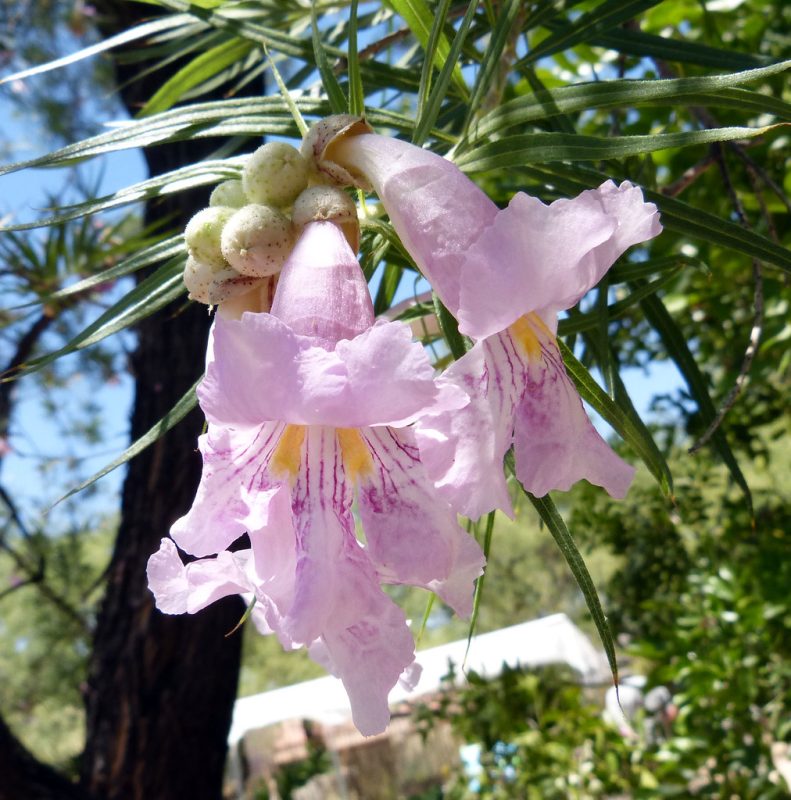
Desert willow is a beautiful tree that thrives in Arizona’s desert climate. This drought-tolerant plant produces stunning trumpet-shaped flowers in the summer, making it an ideal choice for a landscape tree. It requires full sun and can tolerate extreme heat and drought. Planting in August allows it to establish roots before the cooler weather.
Red Yucca (Hesperaloe parviflora)
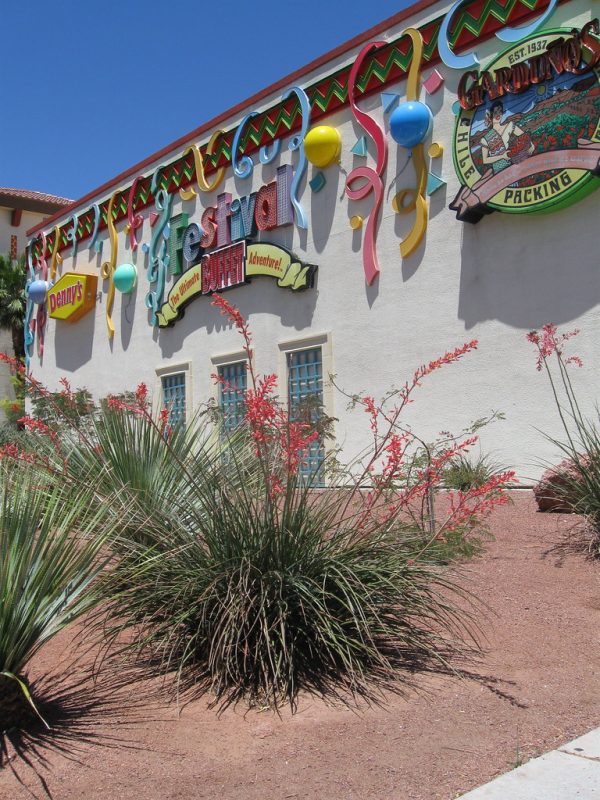
Red yucca is a hardy perennial that can be planted in August and is perfect for desert landscaping. It produces tall flower spikes that attract hummingbirds. This plant thrives in full sun, preferring the heat while being drought-tolerant. It requires minimal care and can handle poor soil conditions.
Mexican Bird of Paradise (Caesalpinia mexicana)
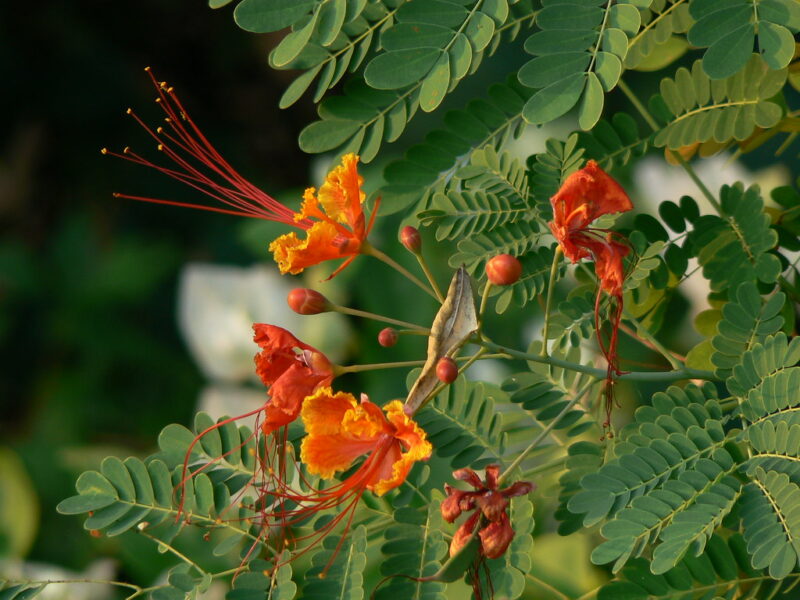
Mexican bird of paradise is a stunning shrub that thrives in hot climates. Planting this in August allows for root development before the cooler months. It produces eye-catching yellow and orange flowers that bloom throughout summer and fall. This plant enjoys full sun and can tolerate drought, making it a suitable choice for Arizona landscapes.
Lantana
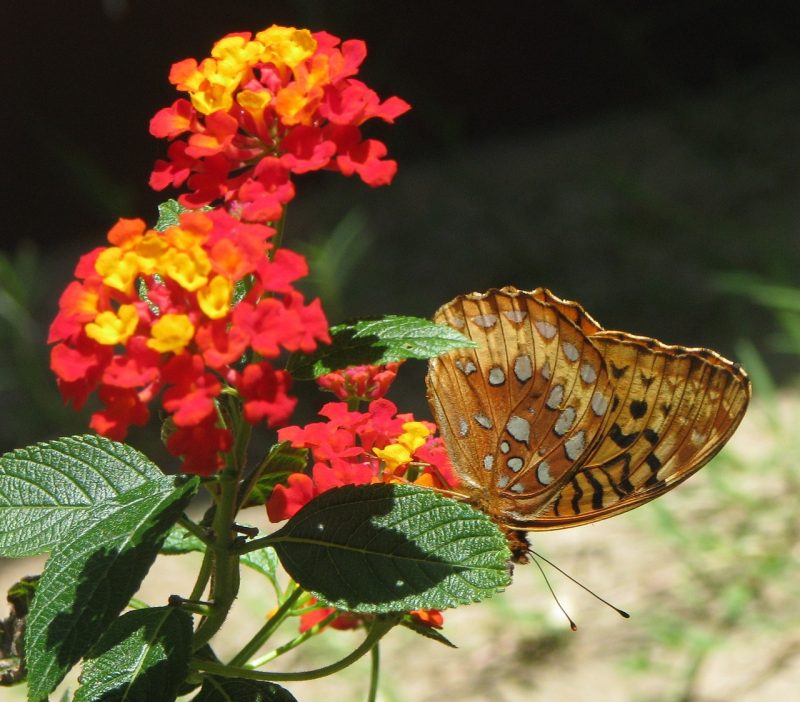
Lantana is a vigorous flowering plant that offers colorful blooms and attracts butterflies and hummingbirds. It’s excellent for arid conditions and can withstand heat. It flourishes in full sun with minimum care, requiring well-drained soil. August is an optimal time to establish this plant in your landscape.
Agave (Agave americana)

Agave is a striking succulent that adds architectural interest to any landscape. This hardy plant is perfect for Arizona’s heat, requiring full sun and very little water once established. Planting it in August gives it the time needed to settle in before the cooler temperatures arrive.
Mat Rush (Lomandra longifolia)
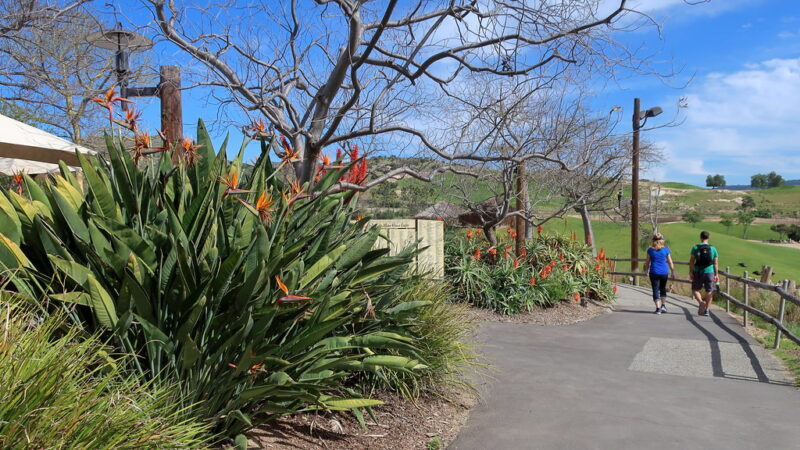
Mat rush is a drought-tolerant grass-like perennial that thrives in Arizona’s arid climate. It requires full sun to partial shade and can handle poor soil conditions. Planting in August helps establish roots early, allowing for lush growth and resilience through the hotter months.
Palo Verde (Parkinsonia florida)
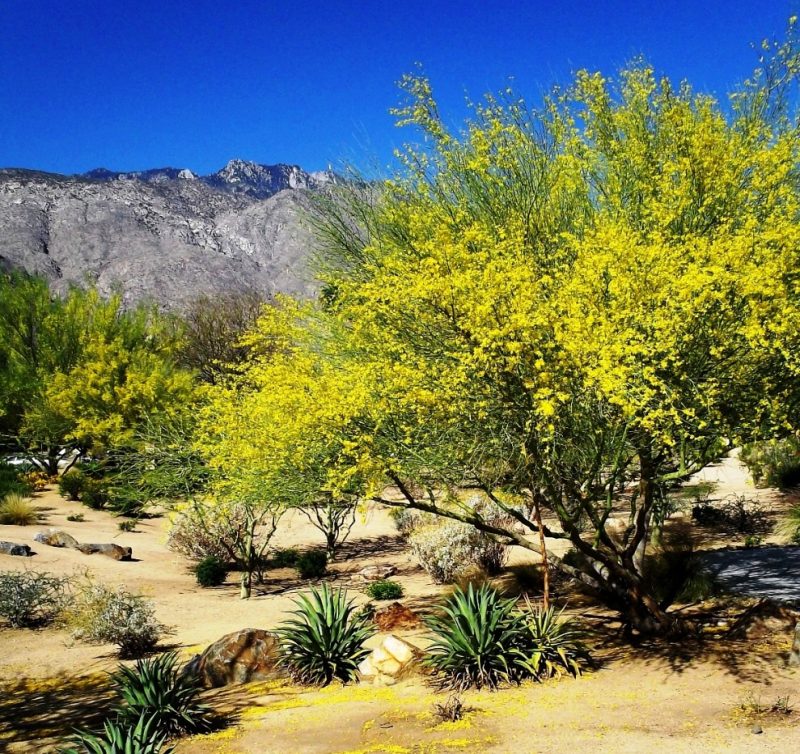
The Palo Verde tree is Arizona’s state tree and a fantastic addition to any landscape. This tree flourishes in full sun and provides beautiful yellow flowers in spring. It is drought-tolerant and thrives in hot, dry conditions. August is an ideal time to plant so that it can grow and establish itself.
Firecracker Plant (Russelia equisetiformis)
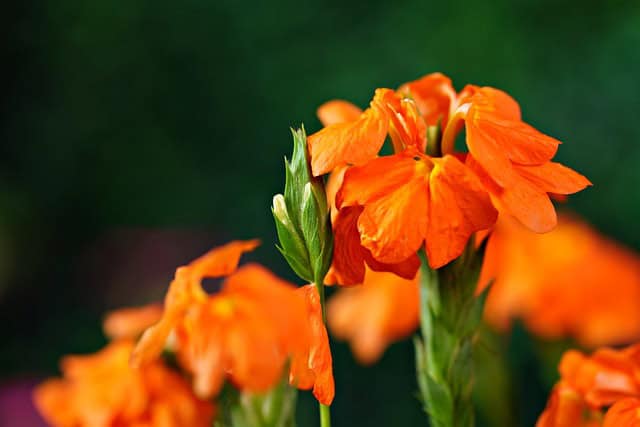
The firecracker plant is an excellent choice for enhancing landscapes with its long red tubular flowers that attract hummingbirds. This plant loves the sun and can tolerate drought, making it perfect for Arizona gardens. Plant it in August to enjoy vibrant blooms as summer transitions to fall.
Desert Sage (Salvia dorrii)
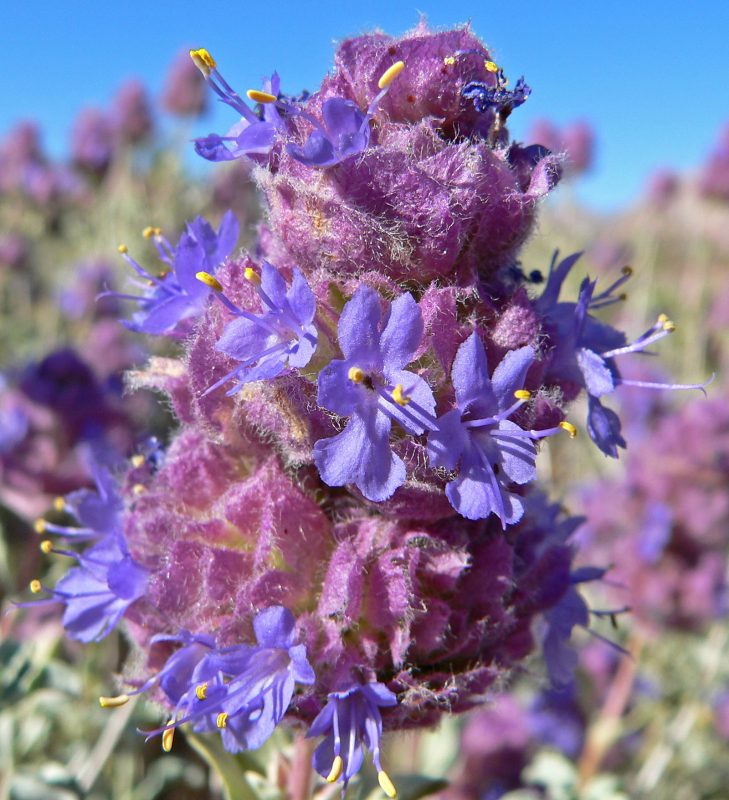
Desert sage is a native plant that thrives in Arizona’s tough climate. This fragrant perennial produces lovely purple flowers and attracts pollinators. It prefers well-drained soil and full sun, making it suitable for desert landscapes. August planting allows for root establishment before the cooler weather sets in.
Ironwood (Olneya tesota)
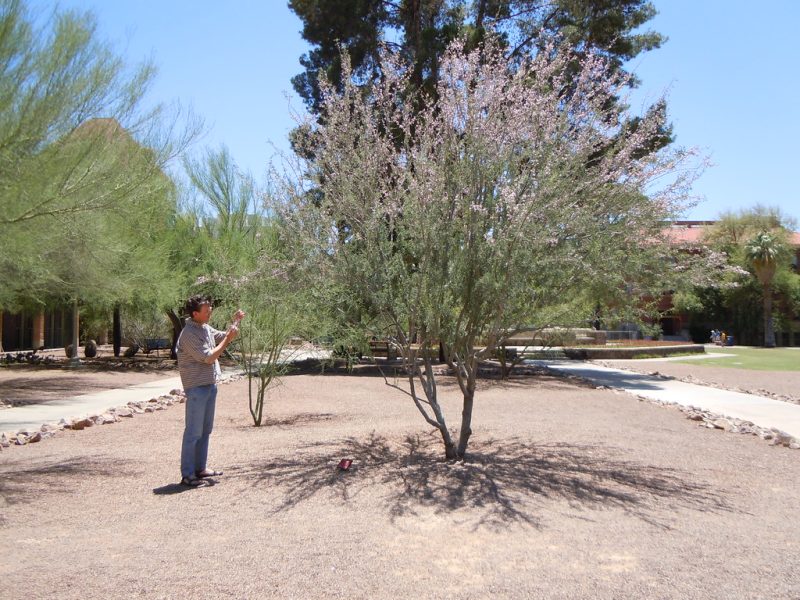
Ironwood trees are perfect for desert landscapes, providing shade and beauty with their lovely foliage and fragrant flowers. They thrive in full sun and require minimal water, making them ideal for arid conditions. August is a good time to plant ironwood to ensure root development before the cooler months.


